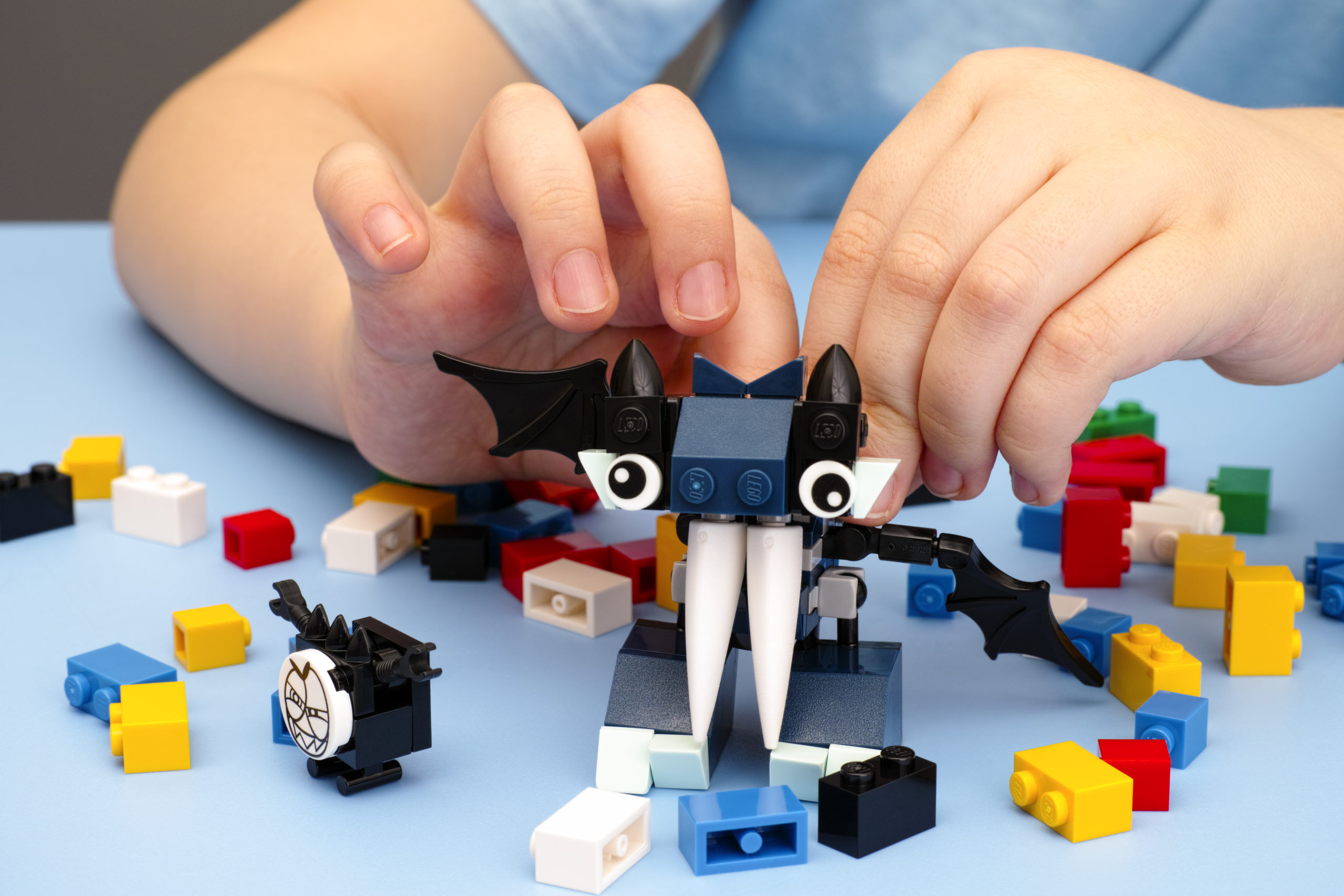What is Occupational Therapy? Part 1 – Infant Through 4 Years
 “What is occupational therapy?” is the most frequently asked question I hear, but I think it is the wrong question. I think the question should be, “What does a pediatric occupational therapist look at?”
“What is occupational therapy?” is the most frequently asked question I hear, but I think it is the wrong question. I think the question should be, “What does a pediatric occupational therapist look at?”
To begin with, for children and youth, I am looking at the overall development levels of the child. I need to know this information in order to help families and children reach the ultimate goal of OT treatment, which is to support a child’s ability to participate in their daily living activities.
What is Occupational Therapy Assessing?
I begin by assessing cognitive, sensory, motor, and social-emotional skills. Below is a brief explanation of each, followed by specifics for specific age ranges.
Cognitive
How is the child developing cognitively? This includes looking at basic arousal and attention skills as well as what is labeled as executive function skills.
Sensory
How does the child respond to the sensations they receive on a daily basis? This includes how they take in sounds, sights, smells, tastes, touch, and movement to interpret and respond.
Motor
How is the child moving? What skills do they have? This includes the basics of strength, mobility, balance, and coordination. I am also looking at how they plan and execute movement as a whole.
Social-Emotional
How is the child developing their abilities to understand themselves, their emotions, and how do they interact with others?
Occupational Therapy for Infants/Toddlers (Birth to 2 Years)
O.K. so now we know the basics. Here is how it applies to age ranges!! Get ready! General therapist skills are in regular font and specializations are included in bold.
Firstly, I am going to look to see how an infant is growing in their most basic foundational skills. I support an infant in learning movement to support their ability to play and interact with their environment. Is the infant able to see and move towards a toy of interest? How does the infant take in their surroundings? I will support a child’s interest and involvement in sights, sounds, and touch. I use a variety of methods to engage and support an infant’s development. Yes, this includes upper body movement but really involves their entire movement ability.
The goal for therapy at this stage is to ensure that the infant is learning their skills typically measured to developmental milestones. Occupational therapy (OT) overlaps with physical therapy (PT) and speech therapy (ST) in areas of movement, play, and in feeding. OT will differ from PT and ST in that we also assess daily regulation, which includes sleep and play routines. Some OTs specialize in NICU level of care, infant feeding, and positioning and primitive reflexes.
Occupational Therapy for Toddlers/Preschool (2-4 Years)
I am again looking at all the skills listed above for infants. The difference in this age group is that the focus increases to promote the skills needed for more involvement in daily routines including attending pre-school and play in general. Can the child play alone? Can they begin to play with others? Is the child showing more interest in their emotions? Are they now showing more interaction skills? Is the child able to perform more specific motor skills such as setting up their own play, using a cup/utensils, helping with dressing, and toileting? As they grow, is the child showing the motor skills for more complex activities such as coloring, legos, painting, puzzles, etc?
My job is to look at all these skills in the context of a daily routine. So this stage also includes treatments to support attention and ability to follow more structure and directions. Overall, I want to help a child be ready for increased learning. Some OTs will specialize in feeding (mealtime routines, behavior, self-feeding), toileting (potty training routines, bladder/bowel control), primitive reflexes, visual development (more specific when visual problems are present), sleep, and sensory processing.
The key to what makes OTs experts in their area is their ability to take all of this information and develop a treatment plan that will improve a child’s overall participation in daily activities. Of course, these activities vary with every child and family. Hopefully the information provided here can help better explain what an OT is thinking about when working with your child. Next week, look for Part 2 for information for age ranges 5-18. And, for more information, check out the American Occupational Therapy Association’s What is OT? brochure.
